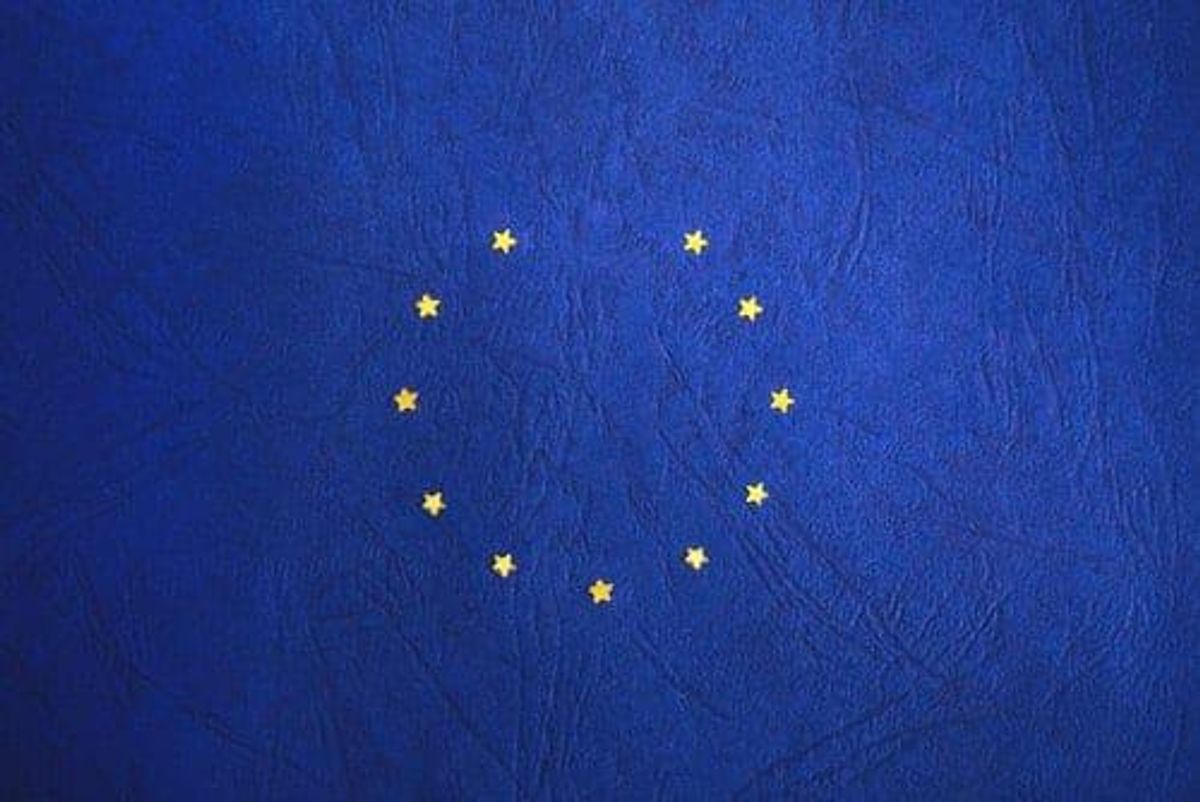Catalyst Biosciences Rises on European Orphan Designation

Shares of Catalyst Biosciences were up over 10 percent on Monday after it received orphan designation from the European Commission.
Catalyst Biosciences (NASDAQ:CBIO) has officially received orphan designation from the European Commission for marzeptacog alfa (activated) (MarzAA) to treat haemophilia B with or without inhibitors, the company announced on Monday (April 1).
In an interview with the Investing News Network (INN), Catalyst Biosciences CEO Nassim Usman, Ph.D, said marzeptacog is a factor VIIa variant, which is an “improved version” of the marzeptacog that the company engineered a few years ago.
“It’s very potent, so we can dose this drug subcutaneously, and it’s primarily given to haemophilia patients who have inhibitors and other rare bleeding disorders,” he explained, adding that the orphan designation granted by the European Commission is for patients with haemophilia B with inhibitors.
Following Monday’s announcement, shares of the company increased 10.11 percent in value to close the trading session at US$8.93. Catalyst Biosciences previously closed at US$8.11 on Friday (March 29).
Usman explained that one of the reasons the European Commission awarded the company orphan designation is because the drug can be given subcutaneously rather than intravenously. This is preferable to NovoSeven, a recombinant coagulation factor VIIa that is administered intravenously and developed by Novo Nordisk (NYSE:NVO).
“[Marzeptacog] is a big step forward, because it [prevents bleeding] rather than [treats bleeding], which is very hard to do with an intravenous drug,” Usman told INN.
In addition to the orphan designation given by the European Commission, Usman said the company has now also finished dosing in the Phase 2 portion of its Phase 2/3 subcutaneous trial of MarzAA, which aims to treat haemophilia A and B with inhibitors. Nine patients completed the dosing with top-line results projected to be released in July.
While the top-line results are anticipated, Usman said the company presented some results partway through the trial in February at the 12th Annual Congress of the European Association for Haemophilia and Allied Disorders.
“That data … showed very clearly that [MarzAA] can prevent bleeding in haemophilia A and the inhibitor patients,” Usman said.
He added that Catalyst Biosciences will be initiating a Phase 3 MarzAA registrational study next year after meeting with the FDA later this year to discuss the design of the Phase 3 trial.
“Because haemophilia is a rare orphan disease, [companies] require only one Phase 3 trial to get the drug approved,” Usman explained. “It will be a global trial because it’s a very rare disease, so we have to find patients everywhere.”
Haemophilia A and B are blood disorders with symptoms including easy bruising and extended periods of bleeding. According to the National Heart, Lung and Blood Institute, the disease is generally inherited. Haemophilia A means low levels of clotting factor VIII, while haemophilia B is a lack of clotting factor IX.
Usman said that in general, it is the company’s overarching goal to commercialize its drugs — both the factor VIIa to treat haemophilia A or B with inhibitors and the factor IX, dalcinonacog alfa, to treat haemophilia B — in the US and Europe.
“Those are the two largest markets and where haemophilia is treated well,” he said. “Getting orphan drug designation in both geographies is important to us.”
In terms of dalcinonacog alfa, Usman said that the Phase 2b study will be starting “imminently.” He expects results to be available in the beginning of Q3 with final results in Q4. In short, the company could potentially have two Phase 3 trials in 2020 for investors to watch for.
The company currently has US$120 million on its balance sheet, noted Usman, making it “quite well funded.”
Year-to-date, shares of Catalyst Biosciences have increased 8.24 percent from US$8.25. On TipRanks, the company has an average price target of US$29.50 based on two analyst ratings with a moderate buy consensus. Over a 12 month period, the company has a high estimate of US$35 and a low estimate of US$24.
Don’t forget to follow @INN_LifeScience for real-time updates!
Securities Disclosure: I, Jocelyn Aspa, hold no direct investment interest in any company mentioned in this article.
Editorial Disclosure: The Investing News Network does not guarantee the accuracy or thoroughness of the information reported in the interviews it conducts. The opinions expressed in these interviews do not reflect the opinions of the Investing News Network and do not constitute investment advice. All readers are encouraged to perform their own due diligence.